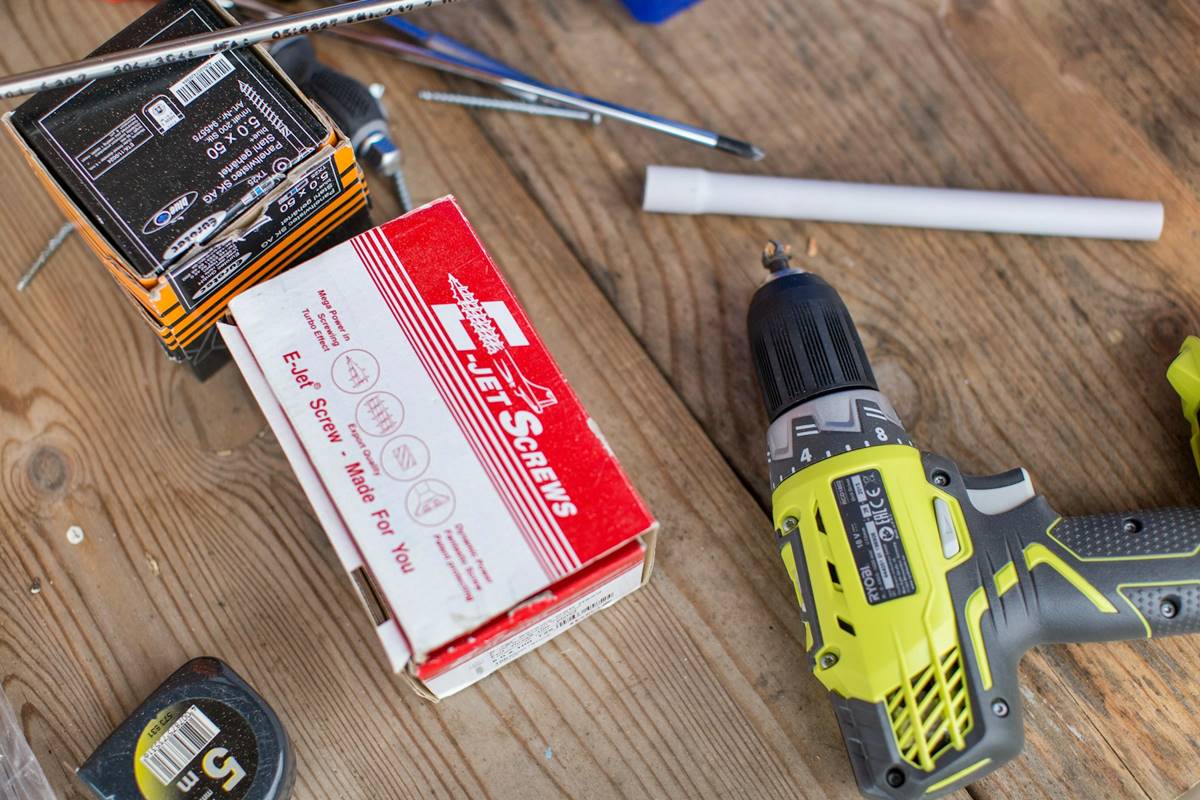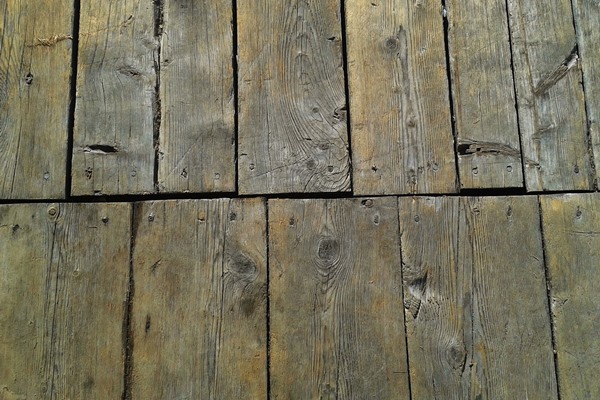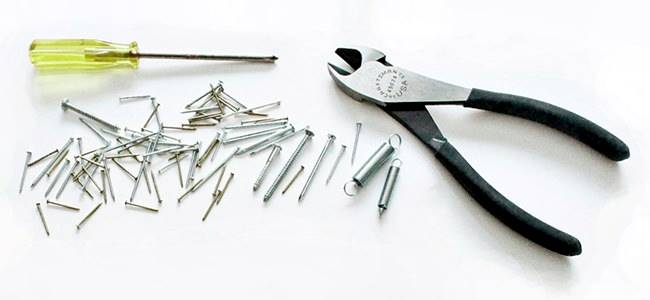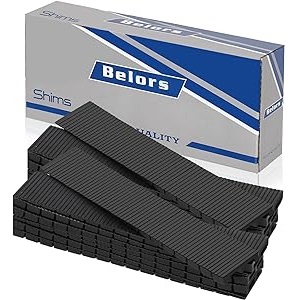
If your house has wall-to-wall carpeting, there's a good chance you've heard the floorboards creaking under the carpet in certain places. The sound can be disconcerting and undermine your enjoyment of your otherwise carefully constructed decor. In this comprehensive guide, the carpet cleaning and carpet repair experts at Steve's Carpet Care & Restoration delve into the issue of how to fix a squeaky floor under your carpet.
Causes of Squeaky Floorboards and How To Fix Them
There are several possible reasons why the floorboards under the carpet in your Lafayette home may be squeaking when you walk on them. Here are some of the most common reasons for squeaky floors and what you can do about them:
Reason 1: An Improperly Installed Subfloor
The subflooring is a layer of plywood, particleboard, or composite that sits atop the floor joists. If it is not fastened down properly, it can loosen, and you'll start to hear squeaking when you walk on the carpeting above it.
Solution
The only way to remedy this problem is to pull up the carpeting and fasten the loose subfloor down tightly with screws, not nails. If your home does not currently have carpeting but you're planning to install it, ask the installer to inspect the subflooring first to ensure it's securely fastened down.
Reason 2: The Weather
As the wood dries, it shrinks. As the wooden components of your home's framing shrink, gaps open up between floor joists and the planks on top of them. Hardwood floors, too, will expand and contract with the weather. So if your carpeting is installed over a hardwood base, you may experience weather-related creaking and squeaking.
"If your floors start to squeak in the middle of winter, it simply means that dry winter air and the heater in your home have caused your wood floor to contract. This contraction gives your floorboards more room to move, which makes it more likely for your planks to rub against each other or the fasteners holding them in place."
—Sylvia Hintz, From the Forest Flooring
Solution
If your home is new, the best way to avoid this problem is to give the wood time to acclimate before you go ahead and install carpeting. If the house is older and has carpeting atop hardwood floors, the only way to solve the problem completely is to pull up the carpeting and fasten down any wooden components that have become loose.
Reason 3: Loose Floorboards

Over time, floorboards can become loose due to wear and tear or improper installation. When these boards move against each other, they can create a squeaky sound.
Solution
Locating the loose boards and securing them with screws or nails can eliminate the noise. This often requires pulling up the carpet to access the floorboards directly.
Reason 4: Gaps Between Subfloor and Joists
Gaps between the subfloor and joists can develop, causing movement and resulting in squeaks when weight is applied.
Solution
Using shims to fill the gaps can provide a quick fix. Alternatively, applying construction adhesive between the subfloor and joists can also help secure the floor and reduce noise.
A joist is a support that strengthens floors and ceilings in a house. Joists run horizontally, connecting with the studs in walls to give buildings a solid frame.
Reason 5: The Wrong Padding
Not all carpet padding is created equal or installed properly. Each type of carpet works best with a certain type of padding, and if the installer uses the wrong type in an effort to save on costs, it's possible that you will end up hearing squeaking and creaking sounds.
Solution
The only way to solve this problem is to replace the wrong padding with the right padding. That's something you'll want to take up with the installation company. Just don't expect them to pay to replace it without a fight.
Reason 6: Nails Instead of Screws

Floorboards nailed down instead of screwed down can work loose over time, leading to squeaking.
Solution
Replacing the nails with screws provides a more secure fastening, reducing the likelihood of movement and noise.
What if I Don't Want to Pull Up My Carpeting?
If you don't want to pull up the carpet, you will need to fasten down the subfloor by nailing directly through the carpet. Here's how to do it:
- Identify the Squeak: Pinpoint precisely where the squeaking is coming from because you don't want to be driving nails randomly through the carpet.
- Drill Pilot Holes: Take a drill with a small diameter drill bit (smaller in diameter than the nails you're going to use) and drill a pilot hole for each nail.
- Drive the Nails: Drive one nail and then test. If the problem isn't solved, drive a second one and test again. Use as few nails as possible to solve the problem.
Ways to Address Squeaky Floorboards
Here are several methods to fix squeaky floorboards under carpet without pulling it up:
- Powdered Graphite: Sprinkle powdered graphite between the floorboards to reduce friction and squeaking.
- Lubricating Oil: Apply a small amount of lubricating oil to the joints where the squeak is occurring.
- Shims: Insert shims between the joists and subfloor to stabilize the movement.
- Squeak-Relief Kits: These kits contain specialized screws that can be driven through the carpet into the subfloor, securing loose boards without damaging the carpet.
- Construction Adhesive: Apply construction adhesive to fill gaps between the subfloor and joists.
- Screw Installation: Secure loose boards with screws instead of nails to prevent future movement.

FAQs About Squeaky Floorboards
No, squeaky floorboards are usually more of an annoyance than a structural issue. However, they can indicate loose boards that might worsen over time if not addressed.
Not necessarily. With careful techniques such as using squeak-relief kits or driving nails through pilot holes, you can fix the squeaks without damaging the carpet.
The cost can vary depending on the method used. Simple fixes like applying powdered graphite are inexpensive, while more extensive repairs, such as replacing padding or pulling up the carpet, can be more costly.
Many squeaky floor issues can be fixed with DIY methods. However, if you're uncomfortable with the process or the squeak persists, consulting a professional may be beneficial.
The time required varies. Simple fixes can take minutes, while more extensive repairs might take a few hours or more, especially if the carpet needs to be pulled up.
Yes, new homes can experience squeaky floors as the wood acclimates and settles. Ensuring proper installation and allowing the wood to acclimate before finishing the floors can help mitigate this issue.
Call Steve's For Expert Carpet Cleaning and Repair
Squeaks emanating from under the carpet can be a vexing problem, but there are things you can do about it. For expert carpet repair services, trust the team at Steve's. We have more than 45 years of experience helping the people of Lafayette keep their homes looking and feeling great. Contact us today for professional assistance and to restore the comfort and tranquility of your home.
